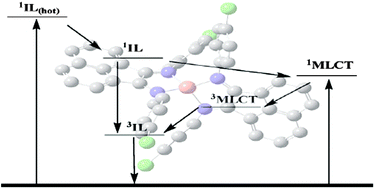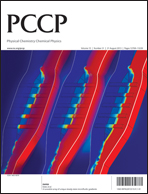Probing the excited state dynamics of a new family of Cu(i)-complexes with an enhanced light absorption capacity: excitation-wavelength dependent population of states through branching†
Abstract
The ultrafast dynamics of six homoleptic Cu(I)-complexes and their respective


 Please wait while we load your content...
Please wait while we load your content...